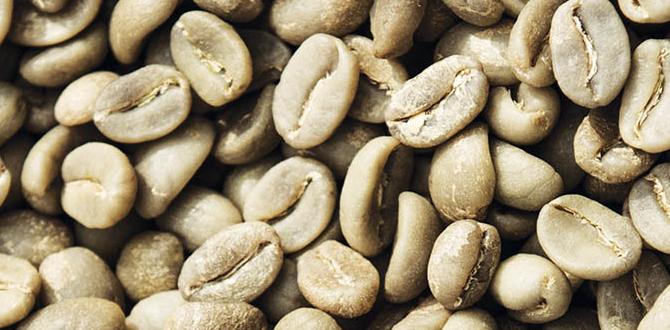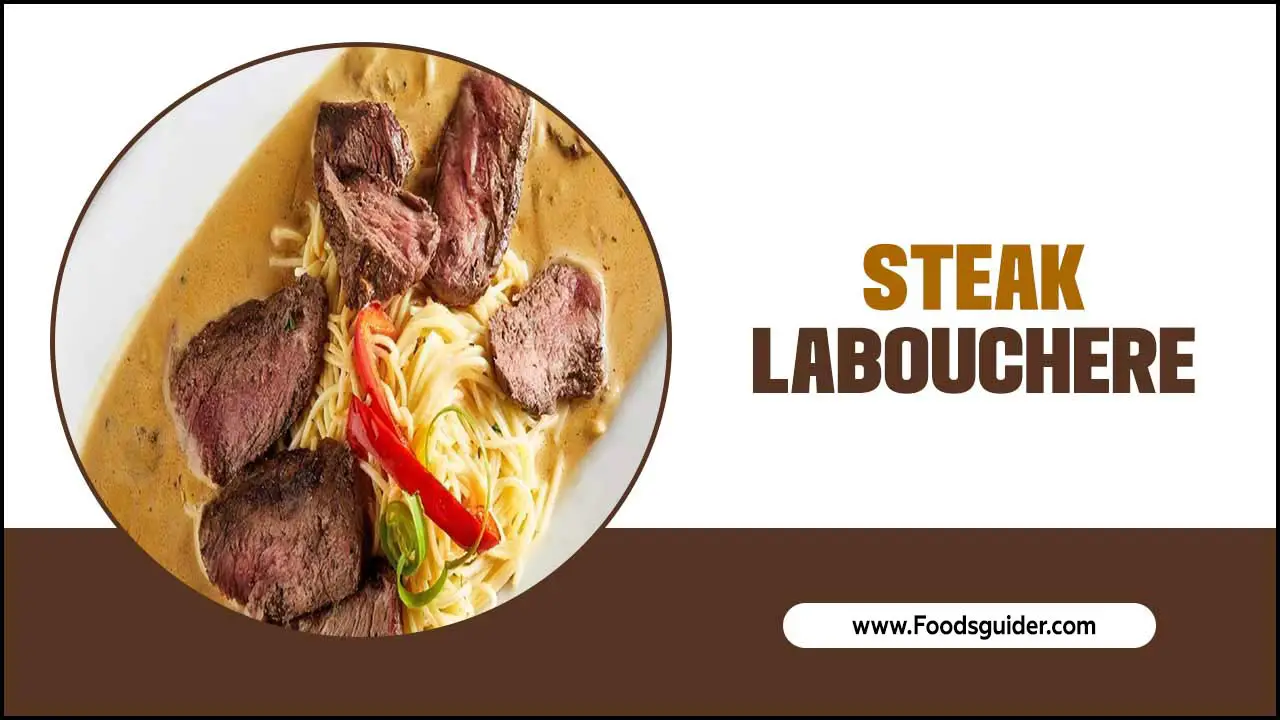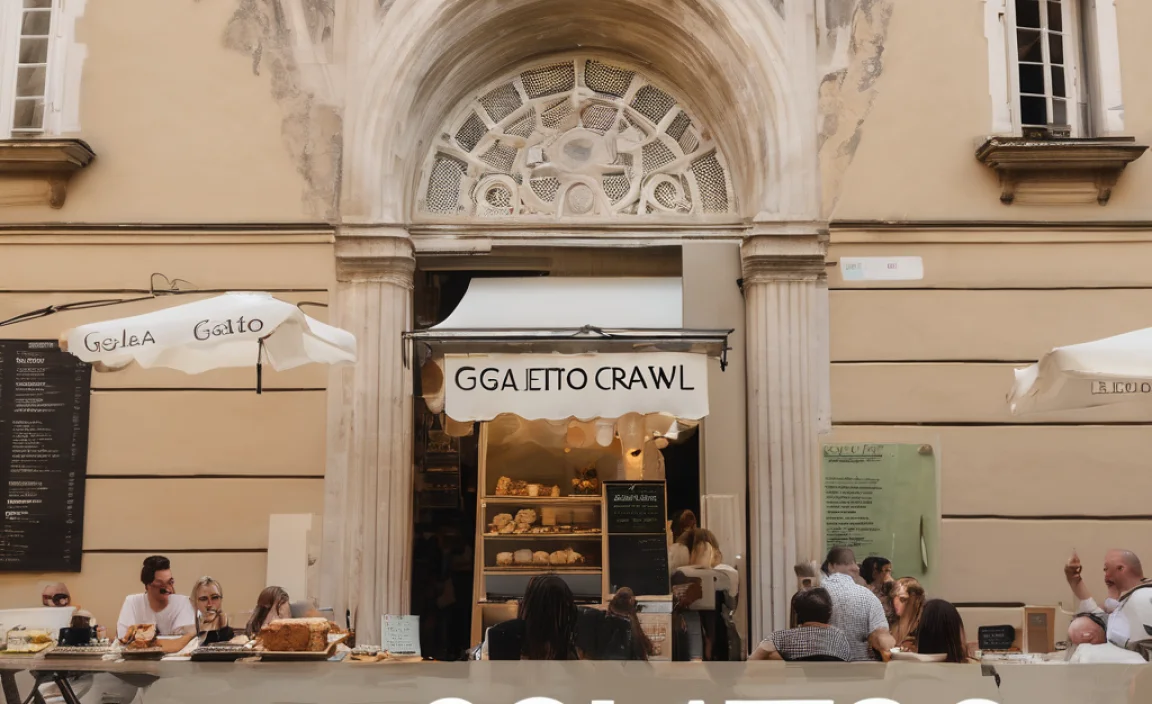Embark on an unforgettable truffle and Barolo Piedmont tour for an essential Italian culinary adventure. Discover the magic of these prized ingredients, from their earthy aroma in the forests to their luxurious pairing with world-class wines in Italy’s gastronomic heartland. This guide makes planning your dream trip simple and delicious.
Imagine the rich, earthy aroma of fresh truffles being unearthed, followed by the robust, velvety taste of exquisite Barolo wine. This isn’t just a dream for food lovers; it’s a reality waiting for you in Italy’s stunning Piedmont region! Planning a trip focused on these culinary treasures can seem a bit daunting, especially if it’s your first time exploring this special corner of Italy. But don’t worry! We’re here to guide you every step of the way. Think of this as your friendly roadmap to experiencing the finest truffles and wines Piedmont has to offer, making your Italian adventure truly unforgettable and surprisingly easy to plan.
Why Embark on a Truffles and Barolo Piedmont Tour?
Piedmont, nestled in the northwestern corner of Italy, is a land synonymous with luxury, flavor, and tradition. It’s here that two of Italy’s most celebrated gastronomic stars – the elusive truffle and the king of wines, Barolo – reign supreme. A tour dedicated to these exquisite delights offers an unparalleled sensory journey, immersing you in a culture where food and wine are not just sustenance, but a way of life.
The region’s rolling hills, dotted with vineyards and ancient villages, provide a breathtaking backdrop to your culinary exploration. Beyond the obvious tastes and smells, a truffle and Barolo tour offers a chance to connect with the land, meet passionate producers, and understand the dedication that goes into cultivating these precious ingredients. It’s an experience that nourishes both the palate and the soul.
The Unmatched Appeal of Piedmont’s Truffles
Piedmont is globally renowned as the heartland of the noble truffle, particularly the prized white truffle of Alba (Tuber magnatum pico). This subterranean fungus, notoriously difficult to cultivate, commands immense respect and desire for its intense, aromatic qualities. Its season, typically from autumn through early winter, transforms the region into a gourmet playground.
Where to Find the Best Truffles
The Langhe and Monferrato hills, particularly around the town of Alba, are the epicenter of truffle hunting. This area boasts the perfect soil and climate conditions for truffles to thrive:
- Alba: Famous for its International White Truffle Fair, Alba is the undisputed capital of the truffle world.
- Langhe Region: This broader area, encompassing towns like La Morra, Barolo, and Serralunga d’Alba, is rich with truffle grounds.
- Monferrato: Another UNESCO World Heritage site, Monferrato also offers fantastic truffle hunting opportunities, often with a slightly more rustic feel.
You can experience truffle hunting firsthand with a local trifolau (truffle hunter) and their specially trained dogs or pigs. This is a truly magical and authentic way to connect with the region’s culinary heritage. Imagine the thrill of digging alongside an expert as their dog sniffs out a hidden delicacy – it’s an adventure you won’t forget!
The Truffle Hunting Experience
Truffle hunting is a skill passed down through generations. Modern-day truffle hunters still rely on the keen sense of smell of their canine partners (or historically, pigs) to locate these underground treasures. The hunt often takes place in the early morning or late evening, adding an element of mystery and excitement.
During your tour, you can often arrange for a guided truffle hunt. Your guide will lead you through the woods, explaining the symbiotic relationship between truffle mycelium and tree roots. You’ll witness the dogs at work, using their instincts to pinpoint the truffle’s location. Once a truffle is found, it’s carefully unearthed, revealing its unique characteristics. The experience concludes with a tasting, often featuring the freshly found truffle shaved over simple dishes like pasta, eggs, or risotto, allowing you to savor its pure, unadulterated flavor.
Barolo: The King of Wines
No tour of Piedmont would be complete without delving into the world of Barolo. This prestigious red wine, made exclusively from Nebbiolo grapes, is celebrated for its power, complexity, and remarkable aging potential. It’s often referred to as the “king of wines and the wine of kings,” a title it richly deserves.
Understanding Barolo’s Terroir
The magic of Barolo lies in its specific geographic origin and the unique combination of soil, climate, and winemaking traditions. The Denominazione di Origine Controllata e Garantita (DOCG) status ensures strict quality standards. Several key villages produce Barolo, each with subtle differences in their wine:
- Barolo: The namesake town, known for its elegant and aromatic wines.
- La Morra: Produces softer, more perfumed Barolo with floral notes.
- Serralunga d’Alba: Famous for its powerful, long-aging wines with a more robust structure.
- Monforte d’Alba: Offers wines with a balance of power and finesse.
- Castiglione Falletto: Known for its complex and firm Barolos.
Exploring these communes and tasting the wines of different producers allows you to appreciate the nuances of this magnificent wine. The soils, a blend of marine marl and sandstone, along with the ideal microclimate, contribute to the Nebbiolo grape’s ability to produce wines of incredible depth and age-worthiness.
Barolo Wine Tastings and Vineyard Tours
The best way to understand Barolo is to taste it, preferably at its source. Many wineries in the Barolo DOCG offer guided tours of their cellars and vineyards, followed by tastings.
- Bookings are Essential: Due to the popularity and intimate nature of these visits, booking well in advance is crucial, especially during peak season.
- What to Expect: Tours often delve into the history of the winery, the winemaking process from grape to bottle, and the specific characteristics of their Nebbiolo grapes.
- The Tasting: You’ll have the opportunity to sample various Barolo vintages, often paired with local Pidanontese specialties, and learn how to identify the wine’s complex aromas and flavors – think rose petals, cherry, licorice, and tar.
It’s a fantastic opportunity to learn directly from the vintners, who are often deeply passionate about their craft. You might even get to taste older vintages or special releases not readily available elsewhere.
Crafting Your Perfect Truffles and Barolo Piedmont Tour Itinerary
Designing your tour involves balancing culinary experiences with cultural exploration and relaxation. Here’s a suggested framework for a memorable adventure:
| Day | Focus | Key Activities | Locations |
|---|---|---|---|
| 1 | Arrival & Alba Exploration | Check into accommodation. Explore Alba’s historic center. Visit the Alba White Truffle Fair (seasonal). Enjoy a truffle-themed dinner. | Alba |
| 2 | Truffle Hunting & Wine Discovery | Morning truffle hunt with a local trifolau. Visit a Barolo winery for a tour and tasting. Explore the town of Barolo. | Langhe hills, Barolo town |
| 3 | Vineyard Views & Culinary Delights | Tour and taste at a winery in La Morra or Serralunga d’Alba. Visit a local cheese producer. Enjoy a leisurely lunch with regional specialties. | La Morra or Serralunga d’Alba |
| 4 | Further Exploration & Departure | Visit a charming village like Neive or Barbaresco. Enjoy a final Piedmontese meal. Depart. | Neive or Barbaresco |
Customizing Your Tour
This is just a template, and you can tailor it to your interests and time:
- For the Ultimate Foodie: Add a pasta-making class using fresh truffles or a gourmet cooking demonstration.
- For the Wine Aficionado: Include visits to Nebbiolo producers in the Barbaresco region, known for its distinct yet complementary wines.
- For a Relaxed Pace: Extend your stay to allow more time for leisurely vineyard strolls, enjoying local cafes, and soaking in the atmosphere.
- For History Buffs: Explore the medieval castles and ancient churches scattered throughout the region.
Consider the season as well. Autumn (September to November) is peak truffle season and the harvest season for grapes, offering vibrant landscapes and bustling activity. Spring and summer offer milder weather and blooming landscapes, ideal for scenic drives and vineyard walks, though truffle experiences are limited.
Practical Tips for Your Piedmont Adventure
To ensure your trip is smooth and enjoyable, here are some practical tips:
Getting There and Around
- Airports: The closest major airport is Turin Caselle Airport (TRN). Milan Malpensa Airport (MXP) is another option, though further away.
- Car Rental: Renting a car is highly recommended for flexibility. The vineyards and smaller towns are best explored by car. Roads are generally well-maintained.
- Trains: While regional trains connect some towns, they are not ideal for reaching remote wineries or truffle hunting grounds.
- Guided Tours: For a hassle-free experience, consider booking a guided small-group or private tour, which often includes transportation, accommodations, and planned activities.
Accommodation
Piedmont offers a range of accommodations:
- Agriturismos: Farm stays offering rustic charm and often incredible local food.
- Boutique Hotels: Charming hotels in historic towns.
- Luxury Resorts: Upscale options with spa facilities and fine dining.
- Villas: For families or groups, renting a villa can be a great option.
Booking accommodation in advance is wise, especially during the peak truffle and harvest seasons.
Best Time to Visit
The Truffle Season: Late September through December is the prime time for white truffles. The Alba White Truffle Fair runs from October to December, drawing international crowds.
The Wine Harvest: Grape harvesting typically takes place from September to October, offering a lively atmosphere in the vineyards.
Shoulder Seasons: Spring (April-May) and early autumn (September) offer pleasant weather and fewer crowds, ideal for enjoying the scenery and wine without the peak truffle rush.
Beyond Truffles and Barolo: Discovering Piedmont
While truffles and Barolo are stars, Piedmont offers much more:
- Other Wines: Explore the elegant Nebbiolo-based wines from the neighboring Barbaresco DOCG, and discover the delightful Dolcetto and Barbera grape varietals, which produce more approachable, fruity red wines. Also, don’t miss a taste of Moscato d’Asti, a lightly sparkling, sweet wine perfect for dessert.
- Gastronomy: Piedmont is a culinary powerhouse. Beyond truffles, savor dishes like tajarin (thin egg pasta), agnolotti del plin (stuffed pasta), brasato al Barolo (braised beef in Barolo wine), and the rich hazelnut-based desserts, like bonet.
- Beautiful Landscapes: The rolling hills of the Langhe, Roero, and Monferrato are a UNESCO World Heritage site, offering stunning vistas for scenic drives and cycling.
- Charming Towns: Explore historic towns like Asti, Cherasco, and Bra, known for its Slow Food movement.
Piedmont’s charm lies in its authenticity and the genuine warmth of its people. It’s a region that invites you to slow down, savor the moment, and indulge in life’s finest pleasures.
Frequently Asked Questions (FAQ)
What is the best time of year to visit Piedmont for truffles and Barolo?
The best time for truffles is from late September to December, with the peak season for white truffles being October and November. This also coincides with the grape harvest for Barolo, offering a vibrant atmosphere. For milder weather and fewer crowds, consider spring (April-May) or early autumn (September).
Do I need to book truffle hunts and wine tastings in advance?
Yes, absolutely! Especially for truffle hunting experiences and visits to popular Barolo wineries, booking well in advance is highly recommended, particularly during peak season, to secure your spot.
What is the difference between Barolo and Barbaresco wines?
Both wines are made from Nebbiolo grapes in Piedmont. Barolo is often considered more powerful and age-worthy, with robust tannins. Barbaresco wines tend to be more approachable earlier, with a more perfumed aroma and slightly softer profile, often due to differences in soil and climate. Both are exceptional wines.
Can I go truffle hunting without a guide?
While you might stumble upon truffles in some areas, formal truffle hunting is a closely guarded tradition. It’s best to go with a registered trifolau (truffle hunter) and their trained dogs for an authentic and successful experience. They know the best spots and how to ethically forage.
What other foods should I try in Piedmont besides truffles?
Piedmont is a gourmet paradise! Don’t miss trying tajarin (thin egg pasta), agnolotti del plin, brasato al Barolo (beef braised in Barolo wine), hazelnut-based desserts like bonet, and of course, local cheeses like Castelmagno. The region is also the birthplace of the Slow Food movement, so expect high-quality, seasonal ingredients.
Is it difficult to drive in the Piedmont region?
Piedmont’s roads are generally well-maintained, but the vineyard areas feature narrow, winding roads that can be challenging for inexperienced drivers. It’s manageable with caution, and a GPS is very helpful. If you prefer not to drive, guided tours or private drivers are excellent alternatives.
How much does a truffle and Barolo tour typically cost?
Costs can vary widely depending on the duration, accommodation choices, the number of activities, and whether you opt for a private or group tour. A 3-4 day tour could range from €500 to €2000+ per person, excluding flights. Budget for about €50-€150 per person per day for food and wine tastings, more if you plan on purchasing wine.
Conclusion
A truffle and Barolo Piedmont tour is more than just a vacation; it’s a deep dive into one of Italy’s most delicious and culturally rich regions. From the thrill of a truffle hunt in the misty autumn woods to the refined pleasure of sipping a world-class Barolo while gazing over rolling vineyards, this adventure promises to be an unforgettable sensory journey. By understanding the unique offerings of Piedmont’s truffles and wines, planning a well-structured itinerary, and embracing the practical advice, you can confidently embark on your own Italian culinary expedition. So, pack your bags, prepare your palate, and get ready to experience the true essence of Piedmont – a region that truly lives up to its reputation as a gastronomic paradise.






